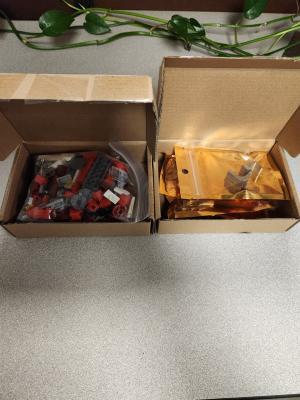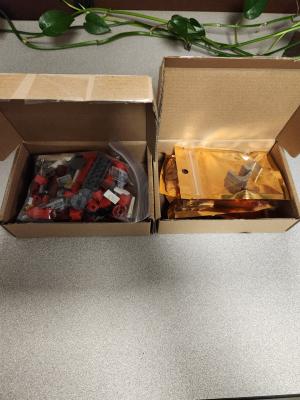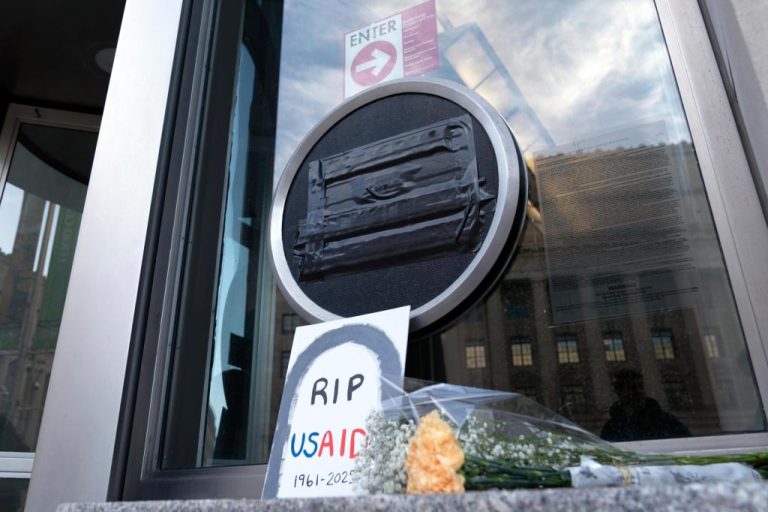
CHICAGO– U.S. Customs and Border Protection (CBP) officers at the International Mail Facility in Chicago seized a total of 117 weapon-modifying devices since January 1.
In the first 43 days of 2024, Chicago CBP stopped 43 shipments carrying various parts used to modify weapons to either make them fully automatic or suppress the sound made by a gun shot. Officers seized nine shipments concealing a total of 55 pistol automatic fire conversion switches. There was one seizure containing five AR-15 “Auto Sear”, that convert a rifle to full automatic fire, and 33 seizures of shipments containing a total of 57 suppressors. Most of these seizures were from China and were heading to various locations throughout the U.S.
“Our CBP officers continued vigilance in protecting the U.S. achieves daily results,” said LaFonda D. Sutton-Burke, Director, Field Operations, Chicago Field Office “CBP officers are dedicated to stopping the flow of dangerous illicit firearm conversion devices and other illegal gun parts from entering our country and reaching our communities.”
Pistol automatic fire conversion switches are illegal devices, to use or possess, which convert standard handguns into a machine gun. It allows the user to pull and hold the trigger to fire the maximum amount of ammunition. These devices can be ordered online or made by 3-D printers. The AR-15 “Auto Sear” allows the same function as the pistol automatic fire conversion switches, turning the semi-automatic AR-15 into a fully automatic machine gun. Suppressors, or silencers, are a muzzle device which controls the sound when a gun is fired. Suppressors are legal in 42 states and illegal in eight states: California, Hawaii, Illinois, New York, New Jersey, Massachusetts, Rhode Island, and Delaware. Owners are required to receive approval from ATF before purchasing a suppressor.
CBP’s border security mission is led at 328 ports of entry by CBP officers from the Office of Field Operations. Please visit CBP Ports of Entry to learn more about how CBP’s Office of Field Operations secures our nation’s borders. Learn more about CBP at www.CBP.gov.








